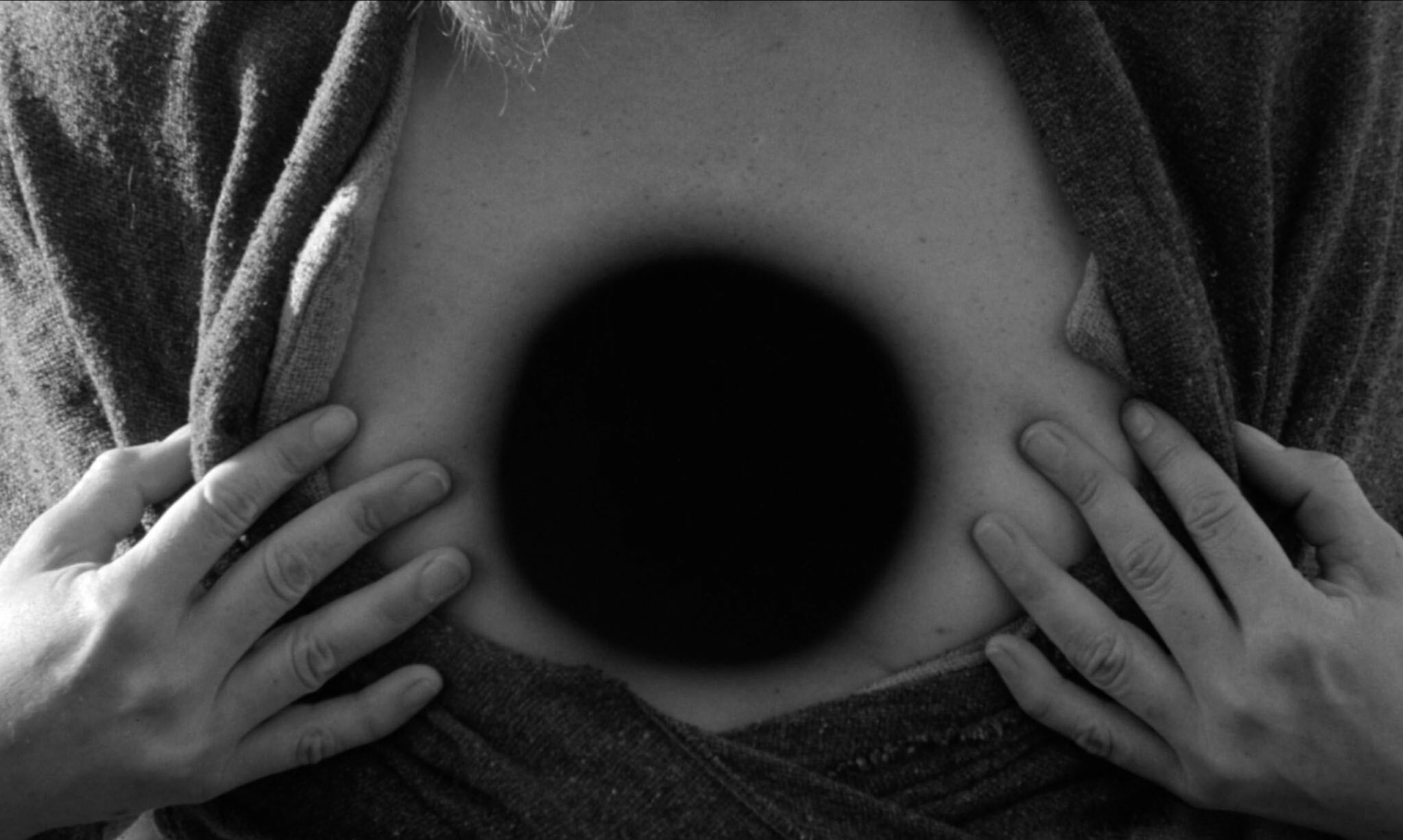Double Dose: THE JUNIPER TREE (1990) and THE WITCH (2015)
Alone in the wilderness, realizing their supernatural powers, and deeply misunderstood, two women struggle in isolation. While they are separated by hundreds of years, and two movies, the protagonists of Nietzchka Keene’s The Juniper Tree and Robert Eggers’ The Witch ultimately find peace and come into their power in their own way. At the beginning of The Juniper Tree, sisters Margit (Björk, lovely and arresting in her film debut) and Katla (Bryndis Petra Bragadóttir) find themselves alone after the death of their mother. She was persecuted and killed for her witchcraft, and the women have to go somewhere they can’t be recognized. Eventually, Katla meets a young widower and marries him, much to the resentment of her new stepson, Jonas. The sisters move in, and soon enough Margit and Jonas become friends.
They bond over the grief of losing their mothers. However, the tensions between Katla and Jonas continue to grow, until one day Katla accidentally causes Jonas to fall off a cliff to his death. She performs a ritual on the body to ensure it’s never found and even feeds her husband a stew with Jonas’ finger in it as part of a spell to keep her secret safe.
A juniper tree appears soon after Jonas’ death, and a raven comes to live in it. Eventually, Katla’s secret gets out and splits the group apart. In the end, Margit is left alone with the juniper tree and the raven, unsure of the future but at peace with her powers.
In The Witch, a family of settlers in 1630 are banished to the New England wilderness for their religious fanaticism. Isolated in the woods, tensions rise as the youngest child in the family goes missing and an irreparable chain of events begins to unfold. Soon, the blame falls to Thomasin, the eldest child for multiple supernatural events that follow the baby’s disappearance. There’s an exorcism, evil twins, and even Satan himself in the form of Black Phillip, and all wreak havoc on the homestead until everything and nearly everyone is destroyed.
Eventually, left with no family and no home, Thomasin realizes her only salvation is through the thing that was most forbidden to her — witchcraft. The infamous final scene of the film ends with her joining a coven in the woods and floating in the warm light of a campfire, freedom and autonomy finally hers.
Both movies want to answer similar questions about isolation, power, and what it means to reckon with both of these as a woman during a repressive time in history. Ultimately, they bring two different but poignant answers.
Margit’s journey seems to be a more mysterious and surreal one — she is faced with consistent visions of her dead mother, and doesn’t get any straightforward answers about her powers. Her mother appears multiple times on the rocky Icelandic landscapes that seems to fill every other frame of the movie. There are no answers, only warm glances and at one point, a void in her chest that Margit sticks her hand through. We don’t know if there are answers in that void, but perhaps there is some kind of connection or comfort for Margit. When her hand goes through it, blinding white washes over the screen. Ultimately, Margit’s peace is rooted in sitting with her grief about her mother and accepting it over the course of the film.
Thomasin’s journey is marked by struggles any teenager is familiar with: parents who don’t understand her, annoying younger siblings, angst. However, these issues are heightened by the religious fanaticism that sent Thomasin and her family into isolation in the first place. She seems, at first, to have uneasy alliances with her father and brother. These bonds, however, are broken by the time her younger brother has died in the third act of the movie. Everything comes to a head after his passing, and in a way, her fate is sealed. Thomasin finds her peace once she has nothing left to lose and embraces it, no matter the cost.
Margit and Thomasin’s journeys are riddled with uncertainty and grief, but they end with different visions of what the women’s newly-harnessed powers mean for them. The Juniper Tree seemingly decides that realizing your power, magical or not, can be melancholy but peaceful — building a bridge to a new beginning, even alone. The Witch gives us a much more wild and thorny thesis. Thomasin’s hysterical laughter as she rises through the air with her newfound coven, finally free from the restraints of her previous life, seems to tell us that realizing your power can be like burning all your bridges, blazing a trail towards something new, frightening, and totally freeing. The Juniper Tree and The Witch are both powerful reminders that realizing your power is an act of resistance, even in the most grueling times.



Alejandra Martinez is a Tejana archivist, writer, and film lover in Austin, TX. She loves coffee, David Lynch, and tweeting about everything under the sun.
Twitter: @mtzxale.